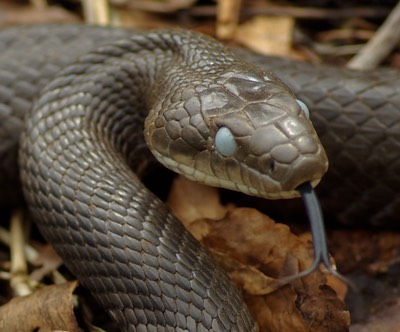By Linda McElroy
Fawn
Today’s WildAware article is submitted by Acton resident, Linda McElroy. Linda founded the Acton Land Stewardship Committee in the mid-1990s, and the Trail Through Time in the mid-2000s. The TTT, a Community Preservation Act project, highlights local Native American and Colonial landscape artifacts. Please visit http://35.170.61.20/trail-through-time/ for more information.
I was unloading gear onto the deck of my Maine cabin when I startled a doe. She leaped a few yards, stopped, looked back over her shoulder, and then loped down to the brook. As I resumed unloading, I realized that a tiny white-spotted fawn, absolutely still, was standing in low grass at the end of the deck. I approached it slowly to see it better. It never even blinked. I backed off, not wanting to frighten it.
Later, as dusk was coming on, I observed that it had lain down, partially hidden in the grass. Mom had not reappeared. I could only hope she would retrieve her baby during the night. Next morning, though, the fawn was in the same place. I began to worry about dehydration, need for food, etc. I called Inland Fisheries and Wildlife, left a message, and then phoned my neighbor, Joe.
Joe immediately came up the hill on his ATV, observed the fawn, and estimated it was a week old. He then slowly walked toward it, until it ran a few yards, to see if it was injured. It seemed healthy. He then turned his T-shirt inside out to stifle his scent, and dropped it over the fawn. He gently picked it up and returned it to the place its mother had left it.
He told me that fawns have evolved to remain still in tall grass while their mothers feed. Does will return twice a day to suckle their fawns until they are strong enough to accompany their mothers. Fawns are born without scent and thus remain safe even when predators are about. This strategy apparently has worked for many ages. Joe thought it best to leave the fawn alone until its mother moved it to another place.
The biologist at IF&W returned my call, and explained much the same information as Joe had done, adding that in modern times, farmers mowing their meadows in the spring have sometimes killed such fawns.
This event occurred in Maine, but the same species of deer live in the conservation land next to my home in Acton. They eat my tulips in spring, my hostas in summer, and crop my euonymus in winter. They occasionally rest at the back of my property, and when startled either snort or make a loud wheezing sound.
White-tailed deer, named for the white patch on the underside of their tails and rumps, are found from southern Canada south through much of the United States to northern South America. Does give birth in April to one or two fawns. Bucks grow antlers for the rutting (mating) season in the fall, shedding and regrowing them annually.
These deer are browsers, at home in lightly forested habitat with shrubs and low vegetation. Native Americans managed large deer parks, which they cleared of dense forestation and choking underbrush. Deer do not see well, sensing motion, scents, and sounds. When startled and running single file through wooded landscapes, they flick up their tails so their white patches can be easily seen by following companions.
An ancient, successful species, like other ungulates, it lives in herds for protection against predators, who may kill one animal while the herd survives. The downside of this beautiful, gentle, and robust animal is that, in recent years, it has acclimated to suburban areas where it thrives. As host to the tiny deer tick, which carries Lyme disease and other diseases dangerous to humans, it is now threatened in some communities that have instituted programs to eradicate white tails from their environs.
A few weeks later, Joe told me that he had seen the fawn, then much larger, with its mother, safely reunited.
